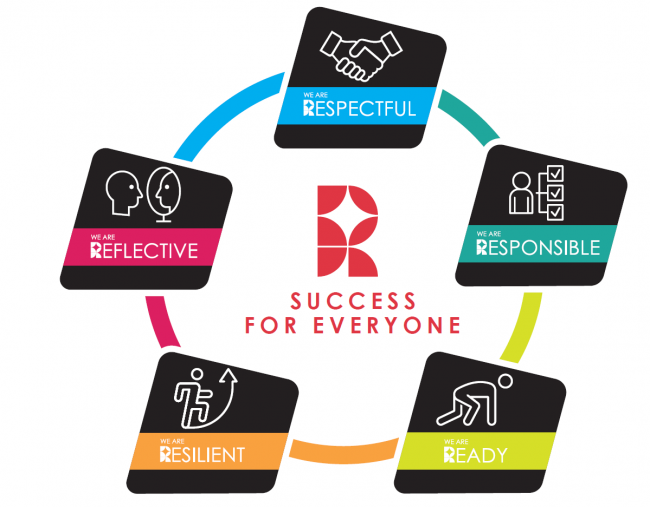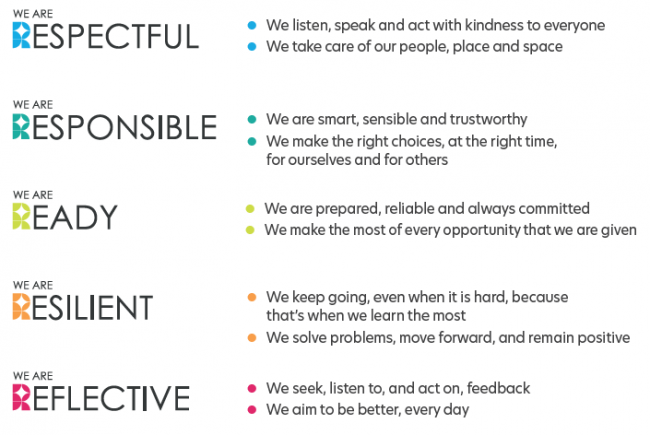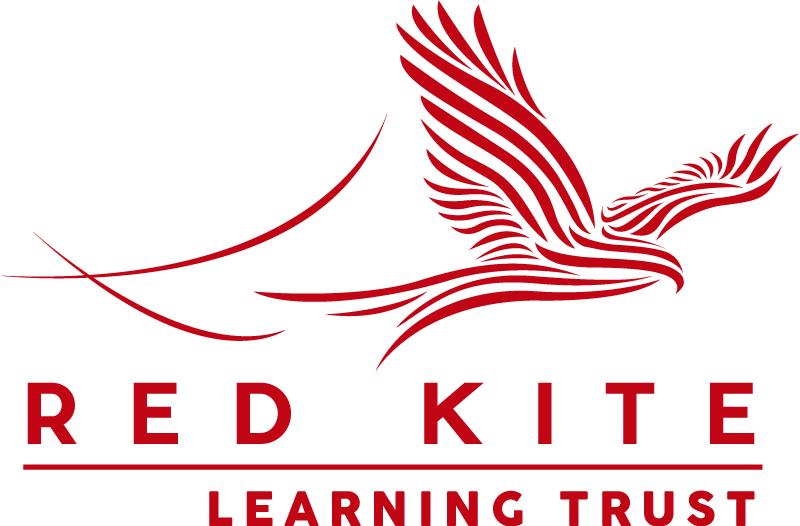Assessment
Our Assessment principles are research informed, and our approaches to assessment have been guided by experts in this field of education, such as Black and William[i], Christodoulou[ii], and Hattie[iii]. In response to a statement from the Secretary of State in May 2013 concerning National Curriculum reforms and the removal of ‘levels’ we have developed our own Assessment system at KS3 influenced by Durrington High School’s Assessment approaches. Durrington High School is a research school and one of the DfE ‘Assessment Innovation’ winners, with national recognition.
Why is it important to have great assessment?
Effective assessment is a process designed to generate inferences or actionable meanings. It aims to help teachers and students to achieve clearly defined goals that they could not reach without it.
We use three broad overarching forms of assessment: day-to-day formative assessment, in-school summative assessment and nationally standardised summative assessment. Below is a table that exemplifies this further.
|
|
Formative Assessment (Short term) |
Formative Assessment (Medium term)
|
Summative Assessment (Long term) ** Used formatively |
Nationally Standardised Summative Assessment |
|
Span |
Within and between lessons |
Between teaching units |
Across terms and teaching units. |
At the end of a Key Stage |
|
Length |
Minute by Minute/Day by day |
Every 4-8 weeks |
End of Year |
End of Key Stage (4 and 5) |
|
Examples |
Low stakes assessments (MCQ/Quizzes/ Questioning/Self and peer assessment) |
Key pieces of work End of Unit/Topic test |
Key pieces of work Summative End of Year Assessments Mock exams |
National Standardised assessment
|
|
Impact |
Allows responsive teaching. Encourages student reflection and metacognition. |
Allows responsive teaching. Assessing progress Encourages student reflection and metacognition. |
Monitoring Curriculum impact. Making predictions Identifying knowledge gaps.
|
Monitoring Curriculum impact.
|
Table 1: Summary of forms of assessment
Formative assessment
Formative Assessment is used by teachers to evaluate pupils’ knowledge and understanding on a day-to-day basis and tailor/adapt teaching accordingly. It should be an integral, and continuous part of the learning process; not ‘bolted-on’ at the end of a unit. This means that:
- Formative assessment can take place in a variety of forms during day-to-day teaching and include low stakes testing that allows both students and teachers to diagnose learning. Examples of low stakes testing includes, quizzes, MCQs (multiple choice questions), self and peer assessment, teacher verbal questioning etc. These activities should be constructed to enable the identification of knowledge gaps and misconceptions so that a teacher can be responsive and adapt teaching as necessary.
- Assessment tasks are expected to be planned into the curriculum as part of medium-term planning (schemes of learning) and short-term-planning (day to day lessons), be linked to learning objectives and require teachers to think ahead about what would indicate understanding (e.g. by planning hinge questions to pinpoint knowledge gaps).
- Students will be assessed periodically on the knowledge and skills, through key pieces of assessment identified by subject specialists in their curriculum maps. Students should receive regular detailed written feedback on these key pieces of assessment that moves learning forward. (See feedback policy).
- Students will receive a threshold (KS3) or a grade (KS4/5) along with a percentage (where applicable) on these pieces of work. Evidence of achievement/attainment emerges from the tracking of these key pieces of assessment.
- Students should be involved in the assessment process. Students should be aware of the overall context in which a piece of work is being studied and the success criteria for judging achievements should be made clear to them.
- Teachers create structured opportunities for DIRT: Directed Improvement and Reflection Time during a sequence of lessons for students to improve their work and deepen their knowledge, as part of an ongoing feedback cycle.

- Students will be expected to respond to feedback given by their teachers on key pieces of assessment as part of DIRT. This may be by way of green pen work, editing and improving work, responding to further questions or any other way signposted by their teacher. (See feedback policy)
- Students are also encouraged to self-assess and peer-assess work, creating a culture of self-evaluation and public critique. This enables them to become self-regulated learners that are aware of their strengths and weakness and can motivate themselves to improve their learning. Self and peer assessment also develops their metacognitive knowledge of how they learn, which has been shown to improve pupil outcomes.
In-school summative assessment
At Rossett, summative assessments will be more formal, standardised assessments, which will demonstrate the student’s understanding of the knowledge (disciplinary/substantive/declarative or procedural) covered so far in that subject.
In Years 10, 11 and 13, internal, mock examinations will take place (as per the reporting calendar date). These mocks will replicate, as closely as possible the external examination process. These grades will be reported to parents as part of the reporting process.
In Years 7, 8 and 9, 10 and 12 students will complete end of year summative assessments in all their subjects. These assessments test knowledge that student have studied over the course of the year. In year 10 and 13 these assessments will be similar in format to their formal exams.
Externally validated materials used in controlled conditions are used to make valid summative assessments. Subject Leaders use examination board past papers to set grade boundaries, allowing a valid inference to be made in terms of student progress.
Moderation/Standardisation
Subject internal moderation/standardisation of key assessments (KS3/4/5) is carried out ensuring consistency, fairness and validity judgements are made across teacher groups.
NB: Some qualification at KS4/5 also have controlled assessment/coursework element e.g. NEAs. These elements are marked by the teacher in line with the marking criteria provided by the exam board. These marks are verified internally and then through external standardisation processes to ensure validity.
Nationally standardised summative assessment
Nationally standardised summative assessment enables:
- School leaders to monitor the performance of pupil cohorts, identify where interventions may be required, and work with teachers to ensure pupils are supported to achieve sufficient progress and attainment
- Teachers to understand national expectations and assess their own performance in the broader national context
- Pupils and parents to understand how pupils are performing in comparison to pupils nationally
Nationally standardised summative assessments take the form of GCSEs and vocational qualifications at the end of Key Stage 4, and AS levels, A-levels and other post-16 qualifications in Key Stage 5.


[i] Black, P. and Wiliam, D., n.d. Inside the black box.
[ii] Christodoulou, D (2016), Making Good Progress, Oxford University Press.
[iii] Hattie, J., 2010. Visible learning. London: Routledge.




















